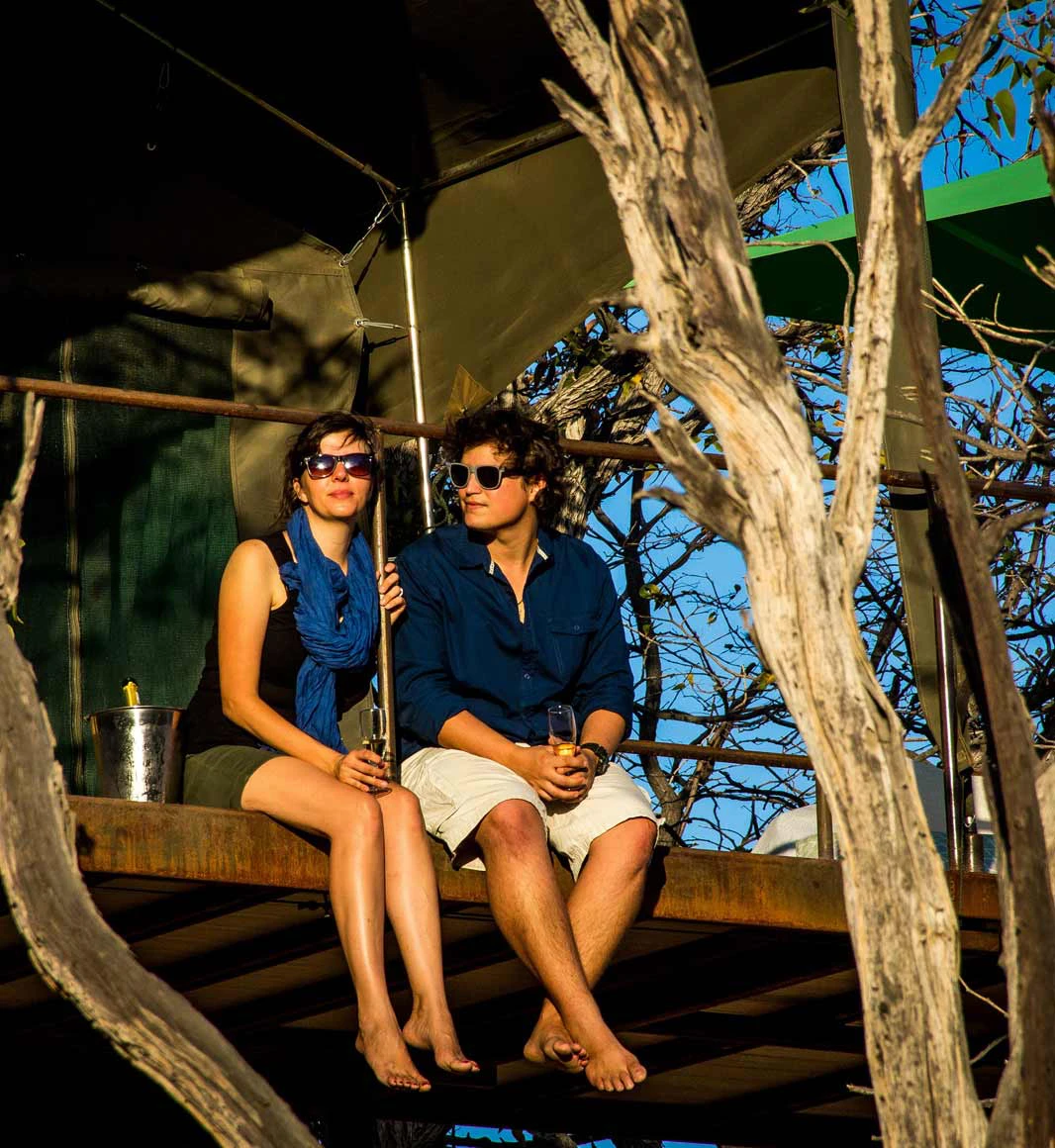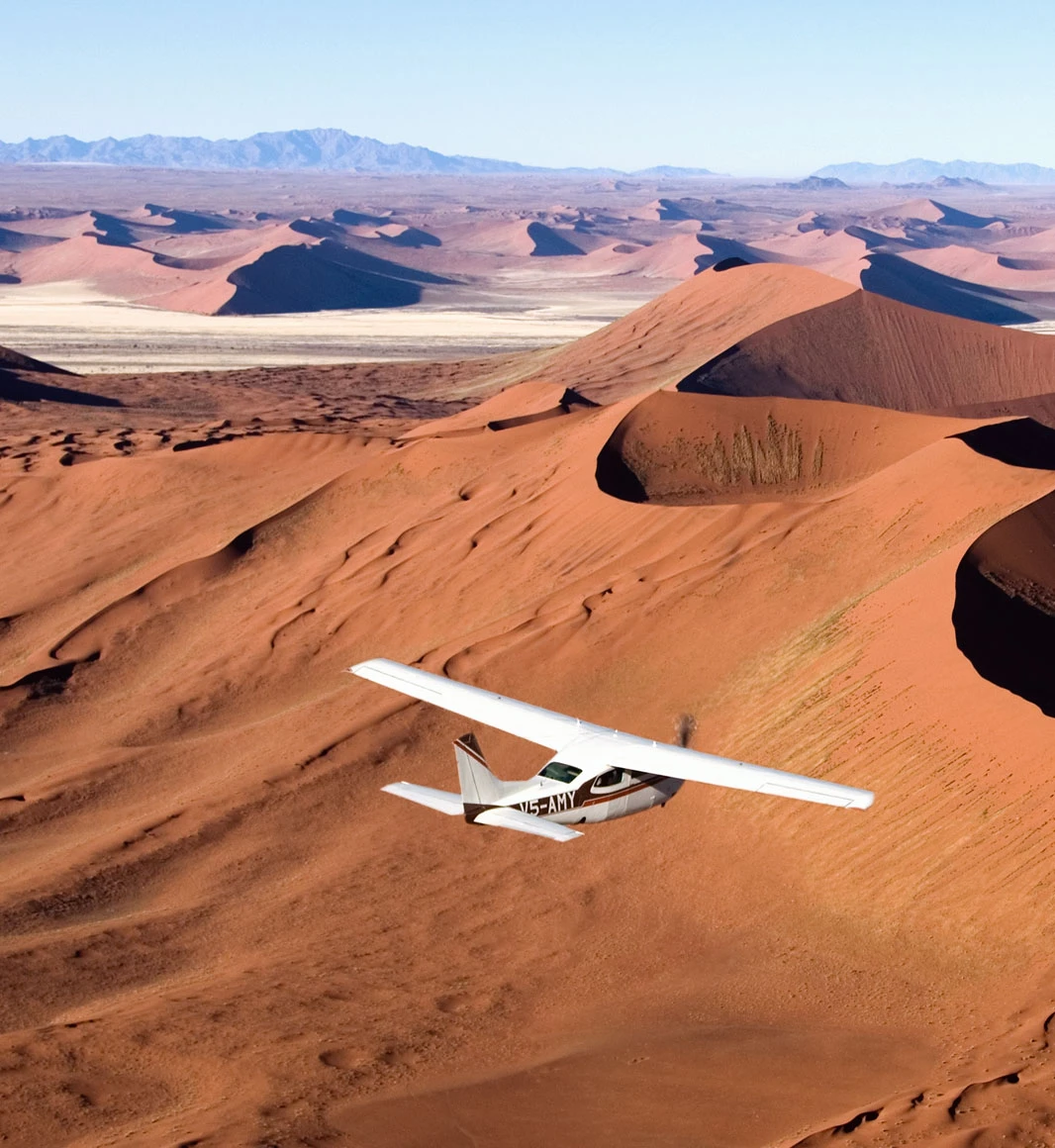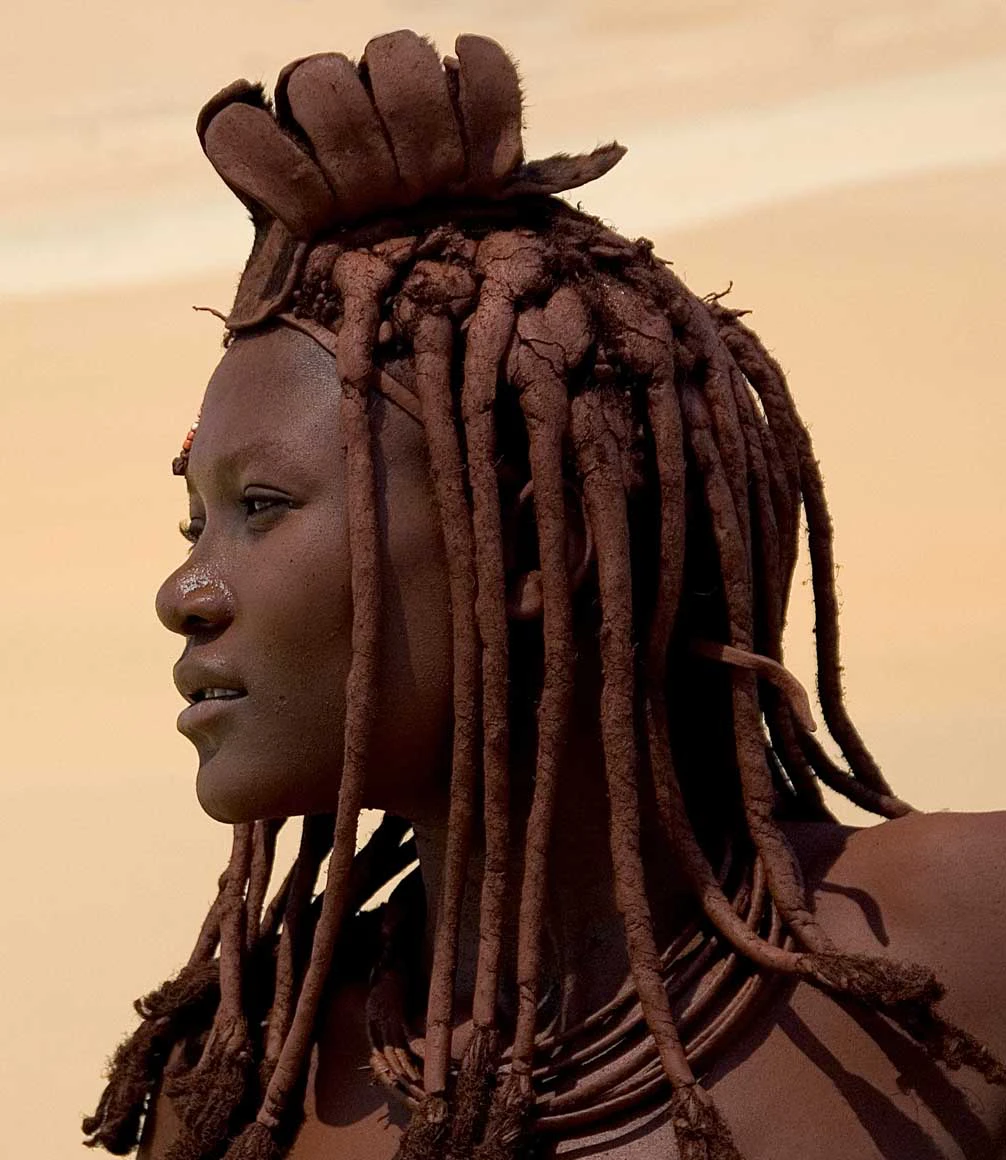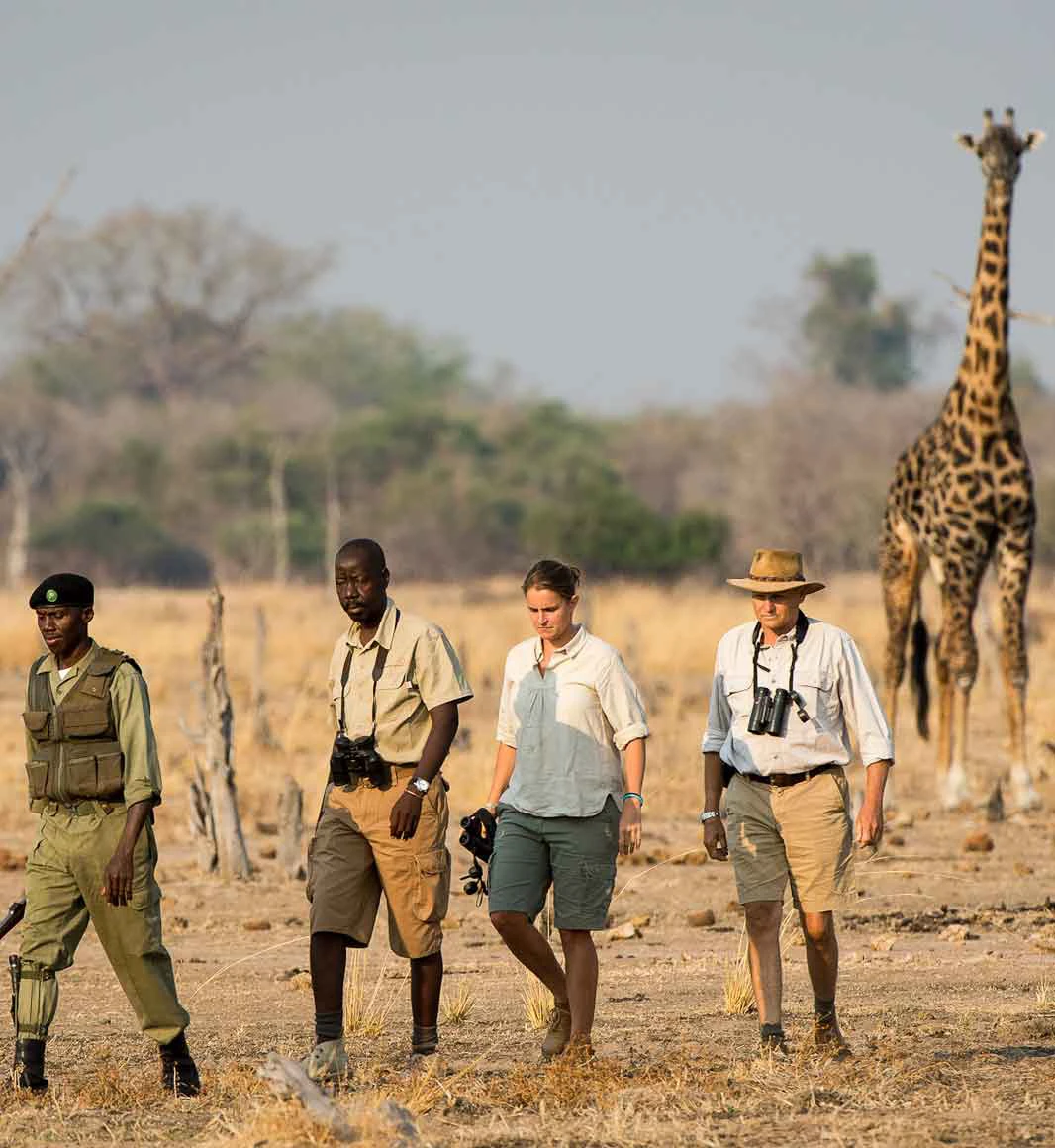Observing two young male bulls playfully sparring with one another a few metres away, the might of these giants is palpable. When one becomes inquisitive and approaches the vehicle, a subtle movement by the tracker and the bull skitters away. It’s encounters like this set against the spectacular display of the golden Namibian bush that you’ll never forget during our incredible rhino tracking experience.
Deep in the heart of the Damaraland and Kaokoland/Kaokoveld region of northern Namibia, an extraordinary project has been taking place. Since 1983, Save the Rhino Trust has been guarding and reintroducing the wild population of black rhino (Diceros bicornis) to the stunning Huab area. We will take you on a fascinating journey to the epic lands at the heart of the black rhino story: explore the barren landscapes and learn about these incredible herbivores whilst observing them roaming free outside of private reserves and national parks.
Highlights of tracking rhino in Namibia
"Witness the spectacle of the crystal clear skies transforming into a canvas of shimmering stars."
Few countries in Africa offer the opportunity to track the desert-dwelling black rhino on foot. We offer the rare opportunity to do so with rhino trackers and expert guides dedicated to their protection, whilst staying at a comfortable tented camp.
Venture out by vehicle at first light watching the colourful drama of the crimson sky transforming across the expansive terrain. Your private guide and a member of the ‘Save the Rhino’ campaign will accompany you whilst traversing miles of dramatic desert terrain before the moment you’ve been waiting for: the sighting of a rhino. Leave the vehicle and experience the thrill of tracking the animal silently on foot, quietly absorbing this momentous moment.
During your drives, you will potentially glimpse other desert-adapted wildlife such as springbok and mountain zebra, elephant and lion, giraffe and even hyena. Spot birds such as the small Ruppell’s Korhaan and the Herero Chat which are endemic to the Namibian savanna woodlands. As the landscape changes from one colourful desert to another, from black volcanic rocks to red or white sand dunes, look out for the scattered Euphorbia, short grasses and evergreen Welwitschia – the oldest plants in Africa.

Witness the skies transform into a canvas of shimmering stars. (Photos: ©Huab Under Canvas)
For the duration of your trip, you will stay in private Meru tents set up along the serene banks of the river on mobile platforms. At the end of the day enjoy swapping stories and unwinding on the deck or relaxing in the spacious communal areas with refreshing sundowners.
Witness the spectacle of the crystal clear skies transforming into a canvas of shimmering stars. Namibia is the ultimate big sky country given its dry atmosphere, which creates magnificent skies and makes it the top country in Africa to see the stars. The extraordinary wildlife encounters and experiences in this starkly beautiful destination will undoubtedly make this an adventure of a lifetime.
Ready to take the road less travelled?



